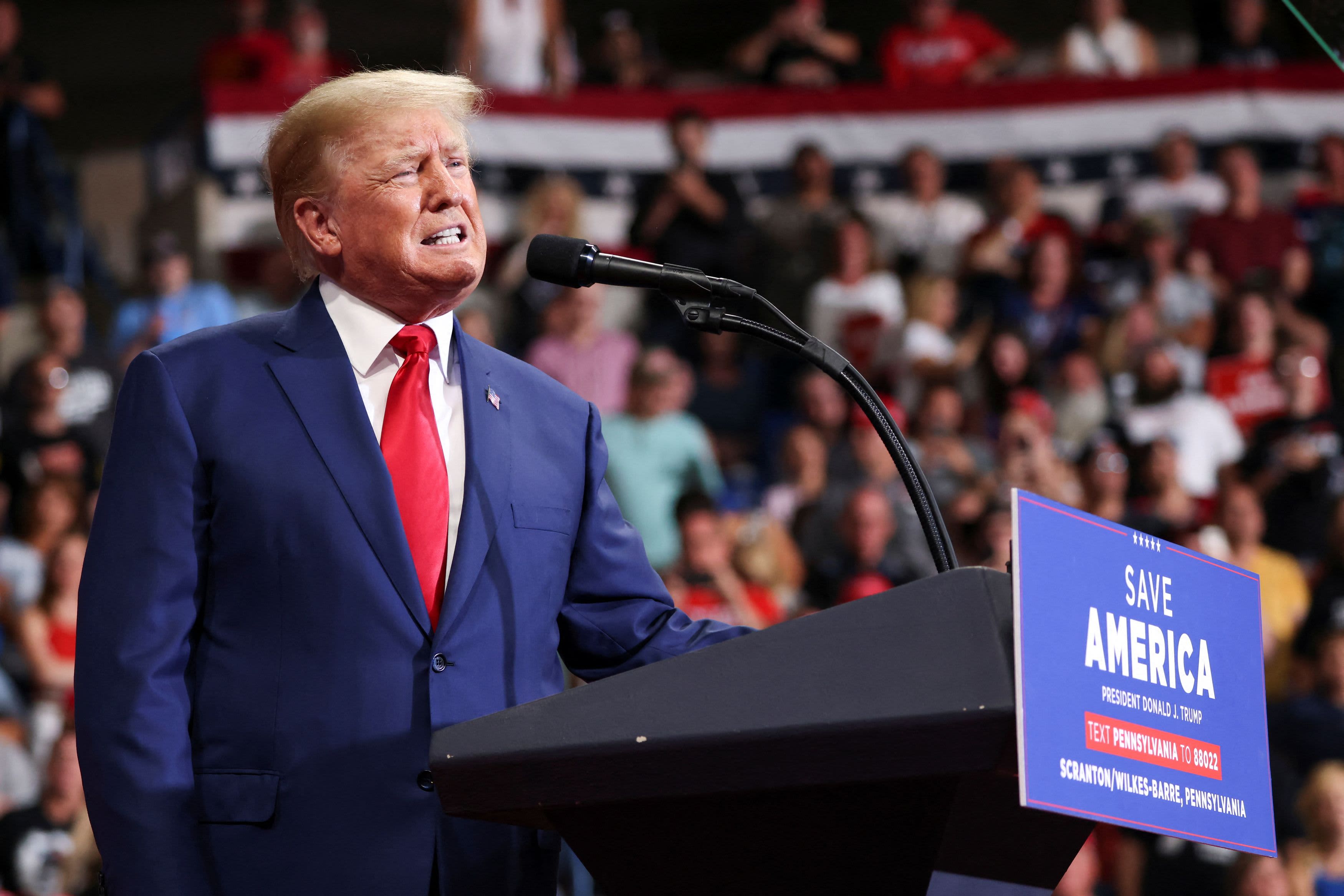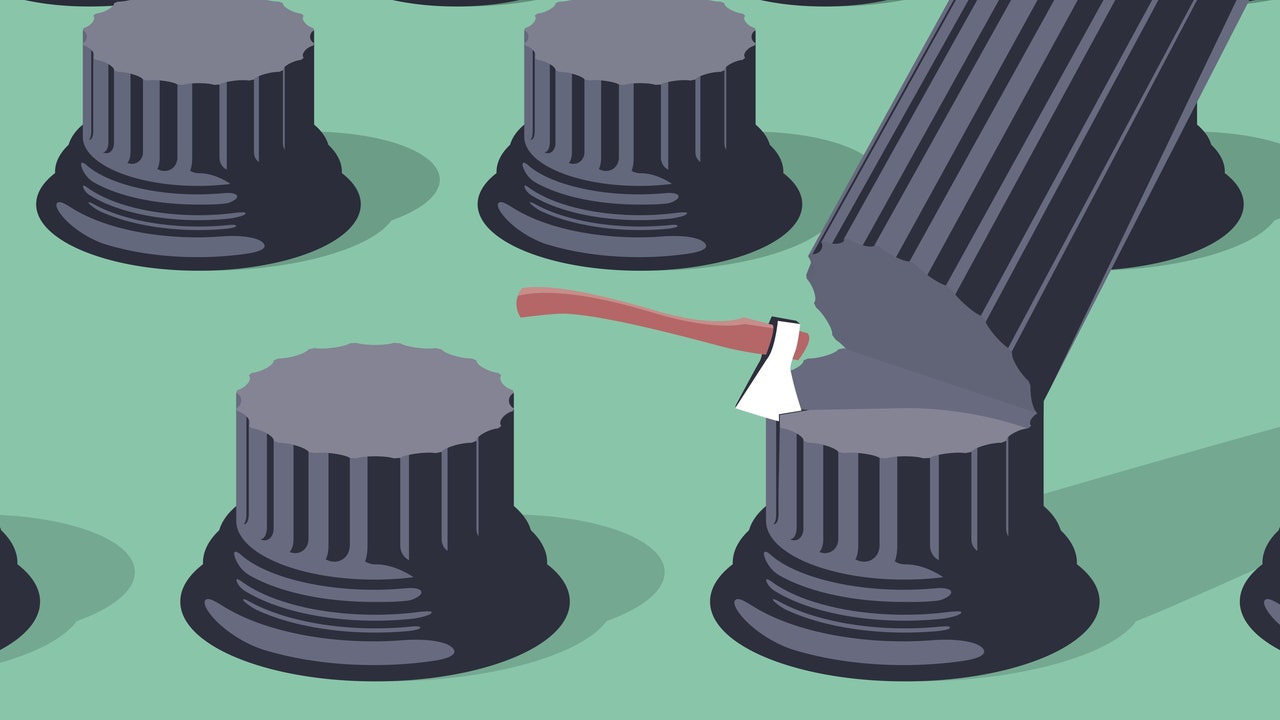Hayek wrote “The Road to Serfdom” during the Second World War. He was living in England, after emigrating from Austria to take a position at the London School of Economics, and his book came out there in 1944. If you were looking back at recent world history in 1944, what would you see? A stock-market crash, a worldwide depression, and the rise of two powerful totalitarian states that, if Hitler had not made the mistake of invading the Soviet Union, might have divided Europe between them for generations. You might reasonably have concluded that, even if Germany was finally defeated and the Soviet Union was put back in its box, free-market capitalism and liberal democracy had had their day.
Hayek felt this was what people in England were concluding—that a state-managed economy, of some sort, was necessary to prevent another meltdown. They might not think that this would mean giving up their liberty, but Hayek warned them that that was a fatal mistake. He dedicated the book to “The Socialists of All Parties.” He believed that central planning, even when carried out by an elected government, was a kind of dictatorship. People shouldn’t be told what to do with their property, he said, and “what our generation has forgotten is that the system of private property is the most important guaranty of freedom, not only for those who own property, but scarcely less for those who do not.”
Hayek acknowledged that there are things governments can do that private actors cannot. Presumably, you need laws and courts to protect property rights and to enforce contracts; you need an army, and some form of money. There are also public needs that private enterprise cannot profitably or efficiently address. Oreskes and Conway tell us that Hayek “was not as hostile to social welfare programs as he is often reputed to be.”
But Hayek was making a classic slippery-slope argument. Planning is top-down and requires centralized authority, and, whatever that authority’s motives, this inevitably devolves into totalitarianism. “From the saintly and single-minded idealist to the fanatic is often but a step,” as he put it. He believed that socialism destroys what he saw as a basic principle of Western civilization: individualism. The welfare state might keep people housed and fed, but the cost is existential. It’s not just that people will lose their freedom—it’s that they will not even care.
“The Road to Serfdom” was written in a time of geopolitical uncertainty. The possibility of a totalitarian future, the “Could it happen here?” question, obsessed many intellectuals—including Karl Popper, Hannah Arendt, Isaiah Berlin, and George Orwell, who reviewed Hayek’s book. Hayek is “probably right in saying that in this country the intellectuals are more totalitarian-minded than the common people,” Orwell wrote. “But he does not see, or will not admit, that a return to ‘free’ competition means for the great mass of people a tyranny probably worse, because more irresponsible, than the State.” The New York
Times called “The Road to Serfdom” “one of the most important books of our generation.” It spoke to its moment.
Friedman’s book, on the other hand, would seem to have been almost comically mistimed. He published it in 1962, in the middle of what the economist Robert Lekachman, in a widely read book published in 1966, called “
the Age of Keynes.” Government programs were understood to be essential to stimulating growth and maintaining “aggregate demand.” If people stop consuming, companies stop producing, workers get laid off, and so on. That was taken to be the lesson of the Great Depression and the New Deal: more government intervention, not less.
In the U.K., the postwar Labour government, as Hayek had feared, nationalized key industries and created the National Health Service—“socialized medicine,” as opponents called it. In the United States, government programs like Social Security and the G.I. Bill were enormously popular, and huge spending acts were passed. The National and Interstate Defense Highways Act of 1956 authorized the construction of the interstate highway system, easing interstate commerce and lowering transportation costs. The National Defense Education Act of 1958 pumped federal money into education. In 1964, Congress would outlaw racial and gender discrimination in employment. A year later, it would create Medicare and Medicaid. Government spending more than doubled between 1950 and 1962. Meanwhile, the top marginal tax rate in the United States and the United Kingdom was close to ninety per cent.
It was a neoliberal’s nightmare—and yet between 1950 and 1973 the world G.D.P. grew at the fastest rate in history. The United States and Western Europe experienced remarkably high rates of growth and low levels of wealth inequality—in fact, the lowest anywhere at any time. In 1959, the poverty rate in the United States was twenty-two per cent; in 1973, it was eleven per cent. It was also a period of “liberation.” People felt free, acted out their freedom, and wanted more of it. They weren’t supposed to feel that way. They were supposed to be passive and dependent. It would not have seemed a propitious time to write a full-out assault on government.
And yet Friedman wrote one, and he did not pull punches. “Capitalism and Freedom” begins with a contemptuous response to
John F. Kennedy’s Inaugural Address. “The paternalistic ‘what your country can do for you,’ ” Friedman wrote, “implies that government is the patron, the citizen the ward, a view that is at odds with the free man’s belief in his own responsibility for his own destiny.” (Of course, Kennedy had said that Americans should
not ask what their country could do for them. But never mind. It’s that kind of book.)
Friedman provided a list of things he was opposed to: rent control, minimum-wage laws, bank regulation, the Federal Communications Commission, the Social Security program, occupational licensure requirements, “so-called” public housing, the military draft, publicly operated toll roads, and national parks. Later on in the book, he came out against anti-discrimination laws (which he compared to the Nazis’ Nuremberg laws: if the government can tell you whom you must not discriminate against, it can tell you whom you must discriminate against), labor unions (anti-competitive monopolies), public schools (where taxpayers are compelled to fund courses on “basket weaving”), and the graduated income tax. He argued that an inheritance tax is no more just than a talent tax would be. Inheritance and talent are both accidents of birth. Why is it fair to tax the first and not the second?
Much in Friedman’s book echoes Hayek. (From 1950 to 1972, they both taught at the University of Chicago, Friedman in the economics department and Hayek in the Committee on Social Thought.) “A society which is socialist cannot be democratic, in the sense of guaranteeing individual freedom,” Friedman says. And: “Economic freedom is . . . an indispensable means toward the achievement of political freedom.”
Like Hayek, Friedman conjured up the loss of individualism. Yes, he conceded, government programs and regulations might improve the quality of life and raise the level of performance of social services locally, but, in the process, they would “replace progress by stagnation” and “substitute uniform mediocrity for the variety essential for that experimentation which can bring tomorrow’s laggards above today’s mean.”
Essentially, “Capitalism and Freedom” is an argument for privatization. The free market is a price system: it aligns supply and demand and assigns goods and services their appropriate price. If the state wants to get into the business of, say, retirement benefits, it should have to compete on a level playing field with rival providers. There should be a market in retirement plans. People should be free to choose one, and equally free to choose none.
Friedman had some ingenious ideas about ways to use the market approach—for example, allowing investors to pay university tuition in exchange for a percentage of a student’s future earnings. He thought that school segregation could be fixed by a voucher system that permitted parents to choose which school to send their children to.
“How did this radical and incredible—which is to say not credible—book sell so well?” Oreskes and Conway ask. And it did: half a million copies, with translations into eighteen languages. One reason was Friedman’s promotional energy. He made himself into one of the most prominent public intellectuals of the day. He wrote a column for
Newsweek, and between 1966 and 1984 he published more than four hundred op-eds. In 1980, with his wife, Rose, he produced a ten-part television program called “Free to Choose,” broadcast on PBS.









